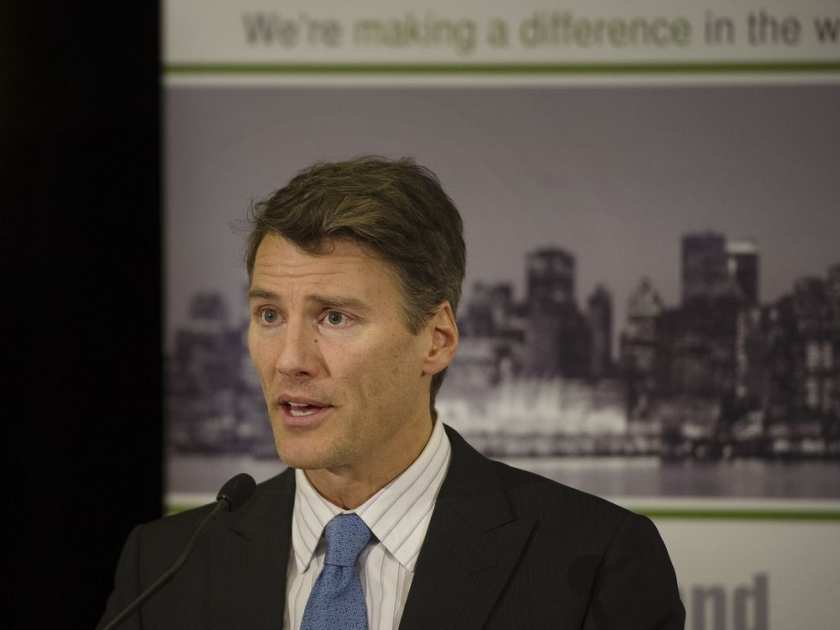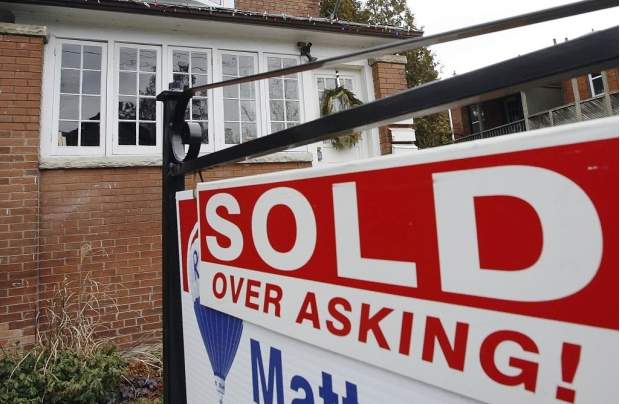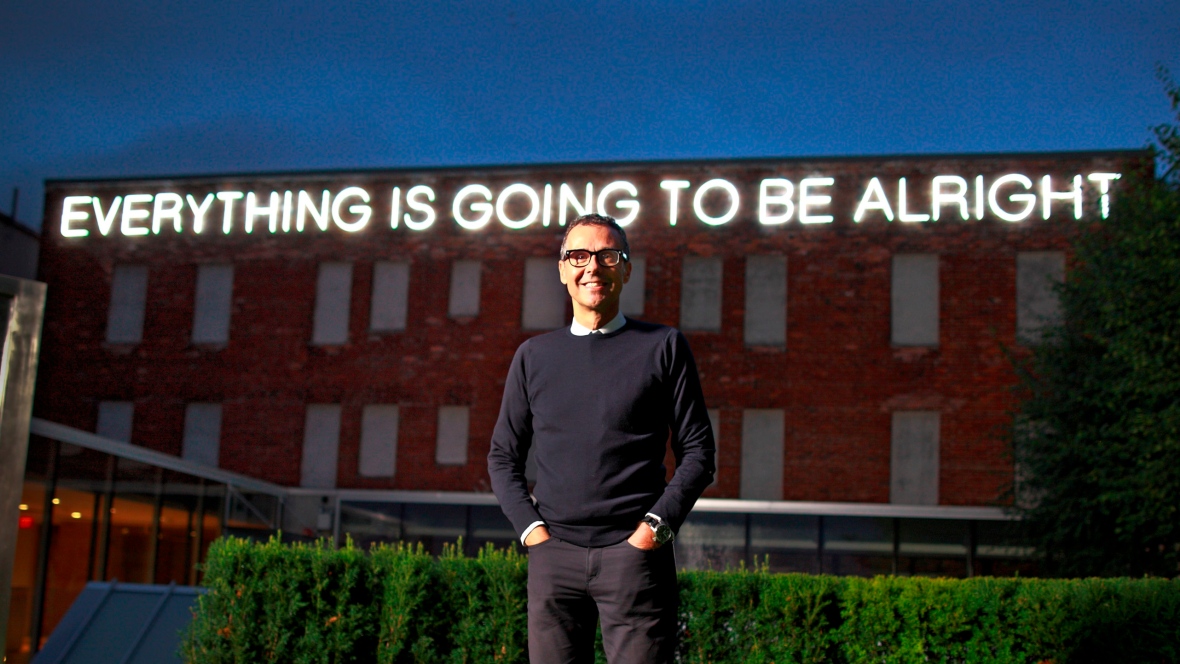
Jen St. Denis in Metro News reports on the Mayor of Vancouver’s speech to the Urban Land Institute. Unlike real estate marketer and philanthropist Bob Rennie who used to do a lot of research and was inspirational in his take on the future of the city, the Mayor’s speech did not add a lot that was new.
He also said a few things that were puzzling. On one hand stating that the city would attempt to provide more units while discouraging speculation, the mayor also said that “there are design solutions out there that allow density without land assembly . Simple things like how we allow duplexes, more infill, townhouses, rowhouses.” Yes but townhouses and rowhouses mean density achieved with assembly of property.
The City’s proposed policies are nothing too new-allowing low-rise apartment building owners to add an extra storey, converting existing duplexes to become fourplexes, and focusing on rental construction near high density transit stations have all been previously discussed. The Mayor did acknowledge that with housing prices now over one million dollars for a single family home that the city was becoming a “resort” that was not inclusive of families and businesses.

“Instead of “fixating” on density, Robertson said the city would attempt to encourage new housing that people will live in — not hold as under-occupied investments. The vision, he said, is to see “schools filled with students, neighbourhood high streets filled with shoppers, parks filled with kids.”
But what will provide new housing that people will live in and thriving schools full of children living in Vancouver is density. At some point the City needs to either stop the speculation or increase density. Increasing density will be easier to achieve.
It’s also informative to take a look back at the speech given to the Urban Development Institute by real estate marketer Bob Rennie to the Urban Development Institute last year. In that speech, Bob noted “there are 197,000 more people working in the city than there is room for. It would take 76,000 new units to house them, which would mean building 380 condo towers or mowing down 12,000 single-family houses and replacing each one with six townhouses.” Bob also stated that the City would not be able to bring housing in at a lower cost than that available elsewhere in the region. And finally, Bob addressed the elephant in the room, directly to a Provincial minister who was present. “Any density solution in isolation of transit won’t solve our affordability problem.”














Townhouses and rowhouses won’t be remotely affordable. Look at the prices being asked for new ones on Oak, one of the most unpleasant arterials. Well over $1.5 million, more than what the houses torn down to make way for them were worth ten years ago!
Then get off the arterials and go deep into the heart of detached homeland and build them everywhere with suites, both on the west and east sides where land prices differ, and everywhere in the Metro. Build them at least 6:1 on detached home lots, with exceptions for heritage houses which could be moved around to the edges of the lot to make room for infill.
Build 30% as starter rowhouses, slab at grade, 2-up 2-down with no frills like bay windows and granite counters. Build 50% middle-range with a large design palette, and only 20% high-end. Work in bays no less than 4.3m (14 ft) and no more than 7.3m (24 ft), and an average of 6m (20 ft).
Next up is low rises within two blocks of transit and commercial arterials. Do all of this with dedicated design guidelines to keep the rip-off builders and shoddy workmanship out.
There are ways to deal with carving up high-priced land while increasing family income if you put your mind to it. And the housing stock (both private and rental) will only increase and slowly but surely stabilize prices by using the given limited stock of land more efficiently, and by offering a much greater choice in type of housing and prices. Offering townhouses not 30m away from a sea of expensive single family is not an formula for affordability.
I’d disagree that bays are frills. If there’s one thing that makes row houses more liveable, it’s bays, for both apparent and actual footage. Look at all the Victorian terrace houses with bays. This is a bit of extra money well spent – Vitruvius’ tenet of delight.
Another bugaboo with row houses is lack of light penetration. Glass stairs without risers are an expense, but desirable, as are skylights or light monitors. Of course, granite is silly, as are ornamental fireplaces.
How is going off arterials and building on even more expensive lots going to make anything more affordable? And why would a builder construct “starter” townhouses when he knows there’s offshore money that will snap up a unit with marble countertops and all the bells and whistles? Here’s what developers know they can peddle in the townhouse market. The fact it’s advertised as “just minutes from Richmond” tells you all you need to know!
http://bit.ly/2mZFiAh
It’s good to see Robertson backing away from his monolithic blocks of sardine-can density mantra. He needs to go a bit further if affordability becomes of any interest to him. The retail cost of Vancouver property is bumped up by around 15% with the recent uber-green codes. All very nice and good for mother Gaia but not cheap and only helping to create the resort for the hip wealthy. Another 15% bump is the ridiculous approx 2 year wait to get something built. This means that endless permits and permission have to be expensively obtained, all while millions of dollars are tied up and costing interest (when interest rates jump up the cost of housing will again have to jump in Vancouver).
Drop the greenest city kick and let people build whatever they want could drop prices by at least 25%. I know; it ain’t gonna happen.
Because it shouldn’t happen.
The extra cost of construction is recovered in operational costs long before the building reaches the end of it’s useful life. Those costs are recovered by owners (condo) and should be recovered by renters too. If not, that’s a different problem.
The long wait for permits is aggravating. No doubt. But your math is all wrong on this. There is no reason the property can’t be used during the whole permitting process. The property isn’t “tied up” unless you choose it to be.
So people can buy an unbuilt building and put up a tent on the property while the builder waits for the permits?
I’m really pleased to hear that the green and sustainable stuff does not, in fact, cost more. I look forward to Mayor Robertson pointing this out to all that mistakenly believe that Vancouver homes and property in general is highly priced. All those moaning Millennials! Just tell them that they’ll save money in the long run.
We can see the banner ads on the new condos along Cambie. “Expensive now but Cheaper over Time”. Take that to the bank. Give me that million dollar mortgage, I want to save money!
How many properties without buildings are there in Vancouver?
It’s true that many people such as yourself only look at short term costs. This is not a good thing.
Ron, the “short terms costs” as you call them are what your bank manager is going to look at when you ask for a mortgage, not how much you’re going to be saving on your laundry bill. The 15-20% price premium for Gregor’s green buildings will shut thousands out of the housing market with the increased cost.
Wrong!
Progressive lending institutions are recognizing transportation and building operational costs in their mortgage policies. These will filter down to the traditional banks too. Total costs are increasingly being recognized as the metric of importance.
Where did you see that the new green building code adds 15%? (or 20% in another of your posts). The estimated additional cost of the latest changes to the Building Code is $3.50 per sq ft, which is less than 2% of the cheapest wood-frame build – and a lower percentage of more expensive construction.
I have heard it from a few sources, anecdotally. Numbers is not my department. I’ll check with some estimators for more detailed information. I know that quite substantial renovation had to be done on some old buildings to bring them up to code for heating and lighting.
One of my favourite buildings in Vancouver is the “hotel for the homeless” – the Pennsylvania – bays upon bays upon bays. Many would pay well to rent rooms here – certainly the artistic crowd; also, buildings such as this would be perfect for taking long distance commuters out of the grind – as a pied-a-terre – come in for Monday and go back to your burb on Friday. Wonder what it would cost to build like this.
Another example of the good use of bays is also a home for the homeless – the Jim Green Residence at 415 Alexander. This is intelligent construction.
If bay widows & dormers did not count as density there would be more buildings like the pennsylvania
Author
Reblogged this on Sandy James Planner.